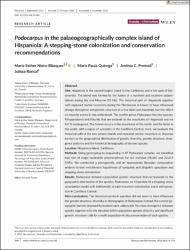Podocarpus in the palaeogeographically complex island of Hispaniola : a stepping-stone colonization and conservation recommendations
| License | This is an open access article under the terms of the Creative Commons Attribution License, which permits use, distribution and reproduction in any medium, provided the original work is properly cited. | es |
| Author | Nieto-Blázquez, María Esther | |
| Author | Quiroga, María Paula | |
| Author | Premoli, Andrea C. | |
| Author | Roncal, Julissa | |
| Accessioned date | 2022-09-06T12:16:49Z | |
| Available date | 2022-09-06T12:16:49Z | |
| Year | 2022 | |
| Citation | Nieto‐Blázquez, M. E., Quiroga, M. P., Premoli, A. C., & Roncal, J. (2022). Podocarpus in the palaeogeographically complex island of Hispaniola: A stepping‐stone colonization and conservation recommendations. Diversity and Distributions, 28(2), 214-226. Recuperado de: | es |
| URI | https://bvearmb.do/handle/123456789/1483 | |
| Abstract | Hispaniola is the second largest island in the Caribbean and a hot spot of biodiversity. The island was formed by the fusion of a northern and southern palaeoislands during the mid-Miocene (15 Ma). The historical split of Hispaniola together with repeated marine incursions during the Pleistocene is known to have influenced lineage divergence and genetic structure in a few birds and mammals, but the effect on vascular plants is less understood. The conifer genus Podocarpus has two species, P.hispaniolensis and P.buchii, that are endemic to the mountains of Hispaniola and are IUCN endangered. The former occurs in the mountains of the north, and the latter in the south, with a region of sympatry in the Cordillera Central. Here, we evaluate the historical split of the two palaeo-islands and repeated marine incursions as dispersal barriers to the geographical distribution of genetic diversity, genetic structure, divergence patterns and the historical demography of the two species. | es |
| Language | English | es |
| Published | Diversity and Distributions, 28(2), 214-226 | es |
| Rights | © 2021 The authors. Diversity and Distributions published by John Wiley & Sons Ltd. | es |
| Rights URI | https://creativecommons.org/licenses/by/4.0/ | es |
| Subject | Biodiversidad - República Dominicana | es |
| Subject | Flora ─ República Dominicana | es |
| Subject | Hábitats y especies | es |
| Subject | Especies amenazadas | es |
| Subject | Botánica | es |
| Title | Podocarpus in the palaeogeographically complex island of Hispaniola : a stepping-stone colonization and conservation recommendations | es |
| dc.identifier.doi | 10.1111/ddi.13444 | |
| Material type | Article | es |
| Type of content | Scientific research | es |
| Access | Open | es |
| Audience | Technicians, professionals and scientists | es |
Files in this item
This item appears in the following Collection(s)
-
Investigación ambiental [1693]
Access and downloading this document are subject to this license: This is an open access article under the terms of the Creative Commons Attribution License, which permits use, distribution and reproduction in any medium, provided the original work is properly cited.
© 2021 The authors. Diversity and Distributions published by John Wiley & Sons Ltd.
© 2021 The authors. Diversity and Distributions published by John Wiley & Sons Ltd.


